Home>Home Appliances>Heating & Cooling>How Much Electricity Does Air Heating Use
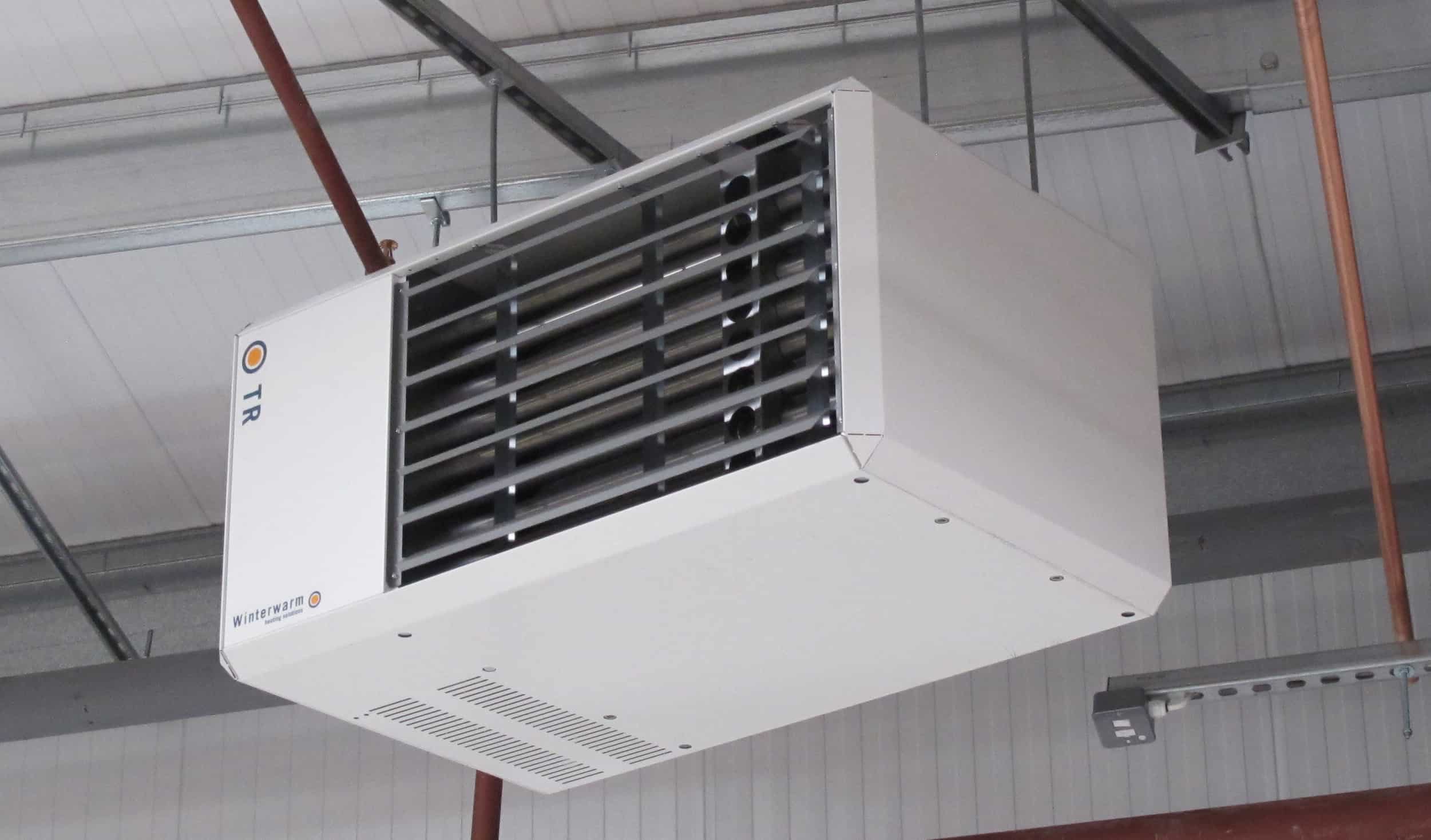

Heating & Cooling
How Much Electricity Does Air Heating Use
Modified: October 28, 2024
Discover the energy consumption of air heating systems and learn how to optimize heating and cooling efficiency. Find out how much electricity air heating uses.
(Many of the links in this article redirect to a specific reviewed product. Your purchase of these products through affiliate links helps to generate commission for Storables.com, at no extra cost. Learn more)
Introduction
Heating and cooling systems are essential for maintaining a comfortable indoor environment, especially during extreme weather conditions. Among these systems, air heating plays a crucial role in keeping homes and businesses warm during the colder months. However, the operation of air heating systems comes with a cost, particularly in terms of electricity consumption.
Understanding the electricity usage of air heating systems is important for homeowners and businesses alike. By gaining insights into the factors that influence electricity consumption and learning how to calculate and reduce it, individuals can make informed decisions to manage their energy usage effectively.
In this article, we will delve into the intricacies of air heating systems and explore the various factors that impact their electricity consumption. Additionally, we will provide practical tips for reducing electricity usage without compromising on comfort. By the end of this article, readers will have a comprehensive understanding of how air heating systems utilize electricity and the measures they can take to optimize energy efficiency.
Key Takeaways:
- Air heating systems’ electricity usage is influenced by factors like system efficiency, insulation, thermostat settings, outdoor temperature, maintenance, and ductwork condition. Understanding and addressing these factors can help reduce electricity costs.
- Practical tips such as optimizing thermostat settings, enhancing insulation, sealing air leaks, and utilizing zoning systems can effectively reduce the electricity consumption of air heating systems while maintaining a comfortable indoor environment.
Read more: How Much Electricity Does A Heat Lamp Use
Understanding Air Heating Systems
Air heating systems are designed to raise the temperature of indoor air to create a comfortable living or working environment. These systems typically utilize a furnace or heat pump to generate heat, which is then distributed throughout the building via ductwork or vents. Understanding the components and operation of air heating systems is essential for comprehending their electricity consumption.
Components of Air Heating Systems
Furnace
The furnace is the heart of many air heating systems. It generates heat by burning fuel, such as natural gas, propane, or oil, or through electric resistance heating. As the air passes over the heated elements within the furnace, it absorbs the warmth before being circulated into the living spaces.
Heat Pump
Heat pumps are another common type of air heating system. They work by transferring heat from the outside air to the inside during the heating season. This process is achieved through the refrigeration cycle, allowing heat pumps to provide efficient heating even in colder climates.
Operation of Air Heating Systems
When the thermostat detects a drop in temperature, it signals the air heating system to activate. The furnace or heat pump then begins to generate heat, which is distributed through the ductwork and into the rooms. Once the desired temperature is reached, the system cycles off until it's needed again.
Energy Efficiency Considerations
The energy efficiency of an air heating system significantly impacts its electricity consumption. Modern systems are designed to meet stringent efficiency standards, utilizing advanced technologies to minimize energy waste. Factors such as proper insulation, regular maintenance, and the use of programmable thermostats can further enhance energy efficiency, ultimately reducing electricity usage.
Understanding the intricacies of air heating systems provides valuable insights into their electricity consumption. By comprehending the components, operation, and energy efficiency considerations of these systems, individuals can make informed decisions to optimize their energy usage and minimize electricity costs.
Factors Affecting Electricity Consumption
Several factors influence the electricity consumption of air heating systems, impacting the overall energy usage and subsequent costs. Understanding these factors is crucial for homeowners and businesses seeking to manage their energy consumption effectively. By identifying and addressing these influences, individuals can make informed decisions to optimize energy efficiency and reduce electricity usage.
-
System Efficiency: The efficiency of the air heating system itself plays a significant role in determining electricity consumption. Older, less efficient systems tend to consume more electricity to produce the same amount of heat compared to their modern, energy-efficient counterparts. Upgrading to a high-efficiency system can lead to substantial energy savings over time.
-
Insulation and Air Leakage: The level of insulation in a building and the presence of air leaks directly impact the workload of the air heating system. Inadequate insulation and air leakage result in heat loss, causing the heating system to work harder and consume more electricity to maintain the desired indoor temperature. Proper insulation and sealing of air leaks can reduce the system's electricity consumption.
-
Thermostat Settings: The settings on the thermostat significantly affect the electricity usage of the air heating system. Setting the thermostat to a higher temperature during the winter months increases the system's workload, leading to higher electricity consumption. Utilizing programmable thermostats to adjust temperatures based on occupancy and activity levels can help optimize energy usage and reduce electricity costs.
-
Outdoor Temperature: The outdoor temperature directly influences the energy demand of the air heating system. During colder weather, the system needs to work harder to maintain indoor comfort, resulting in increased electricity consumption. Understanding the relationship between outdoor temperature and energy usage can help individuals make informed decisions regarding energy-saving measures.
-
System Maintenance: Regular maintenance of the air heating system is essential for optimal performance and energy efficiency. Neglected systems may develop issues that lead to increased electricity consumption. Simple tasks such as replacing air filters, cleaning ducts, and scheduling professional inspections can improve system efficiency and reduce electricity usage.
-
Ductwork Condition: The condition of the ductwork affects the distribution of heated air throughout the building. Leaks, blockages, or inadequate insulation in the ductwork can lead to energy loss and inefficient heating, resulting in higher electricity consumption. Properly maintained and well-insulated ductwork is crucial for minimizing energy waste.
By considering these factors and taking proactive measures to address them, individuals can effectively manage the electricity consumption of their air heating systems. Implementing energy-efficient practices and making informed decisions regarding system upgrades and maintenance can lead to significant reductions in electricity usage and associated costs.
Calculating Electricity Usage
Calculating the electricity usage of an air heating system involves understanding the key components that contribute to energy consumption. By gaining insights into the factors that influence electricity usage, individuals can make informed estimations and take proactive measures to manage their energy consumption effectively.
Understanding Energy Consumption Metrics
The primary metric used to measure electricity consumption is kilowatt-hours (kWh). This unit represents the amount of energy consumed by an electrical device over a specific period. When calculating the electricity usage of an air heating system, it's essential to consider the system's power rating, operating hours, and the cost of electricity per kWh.
Determining Power Rating
The power rating of an air heating system, typically measured in kilowatts (kW), indicates the amount of electrical power it consumes when operating at full capacity. This rating can usually be found on the system's nameplate or in the manufacturer's specifications. Understanding the power rating is crucial for estimating the system's electricity usage under different operating conditions.
Estimating Operating Hours
To calculate the electricity usage of an air heating system, it's important to estimate the average number of hours the system operates each day. This can vary based on factors such as outdoor temperature, thermostat settings, and the building's insulation. By tracking the system's runtime over a representative period, individuals can obtain a more accurate estimate of its energy consumption.
Factoring in Electricity Cost
The cost of electricity per kWh varies depending on location and utility providers. By multiplying the system's power rating by the number of operating hours and the cost of electricity per kWh, individuals can calculate the daily, monthly, or annual electricity usage and associated costs. This calculation provides valuable insights into the financial impact of the air heating system's energy consumption.
Utilizing Energy Monitoring Tools
For more precise measurements, individuals can leverage energy monitoring tools and smart meters to track the electricity usage of their air heating systems in real time. These tools provide detailed data on energy consumption, allowing users to identify patterns, optimize energy usage, and make informed decisions to reduce electricity costs.
By understanding the principles of calculating electricity usage and considering the system's power rating, operating hours, and electricity cost, individuals can gain valuable insights into their air heating system's energy consumption. This knowledge empowers them to make informed decisions regarding energy efficiency improvements, cost-saving measures, and sustainable energy management practices.
Tips for Reducing Electricity Consumption
-
Optimize Thermostat Settings: Adjusting the thermostat by a few degrees can lead to significant energy savings. During the winter, lowering the thermostat when the building is unoccupied or at night can reduce the workload on the air heating system, resulting in lower electricity consumption.
-
Utilize Programmable Thermostats: Programmable thermostats offer the convenience of automatically adjusting temperatures based on daily routines. By programming lower temperatures during periods of inactivity or when occupants are asleep, individuals can optimize energy usage without sacrificing comfort.
-
Enhance Building Insulation: Improving insulation in walls, attics, and windows can minimize heat loss and reduce the demand on the air heating system. Proper insulation helps maintain indoor temperatures, allowing the system to operate more efficiently and consume less electricity.
-
Seal Air Leaks: Identifying and sealing air leaks in doors, windows, and ductwork prevents warm air from escaping and cold air from infiltrating the building. This reduces the workload on the air heating system, leading to lower electricity consumption and improved comfort.
-
Regular System Maintenance: Scheduling routine maintenance for the air heating system ensures optimal performance and energy efficiency. Tasks such as cleaning or replacing air filters, inspecting ductwork, and tuning the system can enhance its efficiency, resulting in reduced electricity usage.
-
Upgrade to High-Efficiency Systems: Consider upgrading to a high-efficiency air heating system to benefit from advanced technologies that minimize energy waste. Newer systems are designed to operate more efficiently, leading to lower electricity consumption and long-term cost savings.
-
Utilize Zoning Systems: Zoning systems allow for customized heating in different areas of the building, enabling occupants to adjust temperatures based on specific needs. By heating only occupied zones, individuals can reduce overall energy usage and optimize comfort.
-
Utilize Natural Sunlight: Opening curtains and blinds during the day to allow natural sunlight to warm the interior spaces can reduce the reliance on the air heating system. This simple practice can contribute to energy savings and create a more comfortable indoor environment.
-
Consider Alternative Heating Methods: Supplementing the air heating system with alternative heating methods, such as space heaters or fireplace inserts, can reduce the workload on the primary heating system, leading to lower electricity consumption.
-
Educate Occupants on Energy-Saving Practices: Encouraging occupants to adopt energy-saving habits, such as wearing layered clothing and using blankets, can reduce the need for high thermostat settings, ultimately lowering electricity consumption.
By implementing these practical tips, individuals can effectively reduce the electricity consumption of their air heating systems while maintaining a comfortable and energy-efficient indoor environment.
Conclusion
In conclusion, the electricity consumption of air heating systems is influenced by various factors, including system efficiency, insulation, thermostat settings, outdoor temperature, maintenance, and ductwork condition. Understanding these influences is crucial for individuals seeking to manage their energy usage effectively and reduce electricity costs.
By comprehending the components and operation of air heating systems, individuals can make informed decisions to optimize their energy usage and minimize electricity consumption. Upgrading to high-efficiency systems, enhancing building insulation, sealing air leaks, and utilizing programmable thermostats are effective measures for reducing energy waste and lowering electricity usage.
Calculating the electricity usage of air heating systems involves considering the system's power rating, operating hours, and the cost of electricity per kilowatt-hour. By leveraging energy monitoring tools and smart meters, individuals can gain valuable insights into their energy consumption patterns and make informed decisions to optimize energy usage.
Furthermore, implementing practical tips such as optimizing thermostat settings, utilizing zoning systems, and considering alternative heating methods can contribute to significant reductions in electricity consumption while maintaining a comfortable indoor environment.
In essence, by understanding the intricacies of air heating systems, identifying factors that influence electricity consumption, and implementing energy-efficient practices, individuals can effectively manage their energy usage, reduce electricity costs, and contribute to a more sustainable and environmentally conscious approach to heating their living or working spaces.
Frequently Asked Questions about How Much Electricity Does Air Heating Use
Was this page helpful?
At Storables.com, we guarantee accurate and reliable information. Our content, validated by Expert Board Contributors, is crafted following stringent Editorial Policies. We're committed to providing you with well-researched, expert-backed insights for all your informational needs.
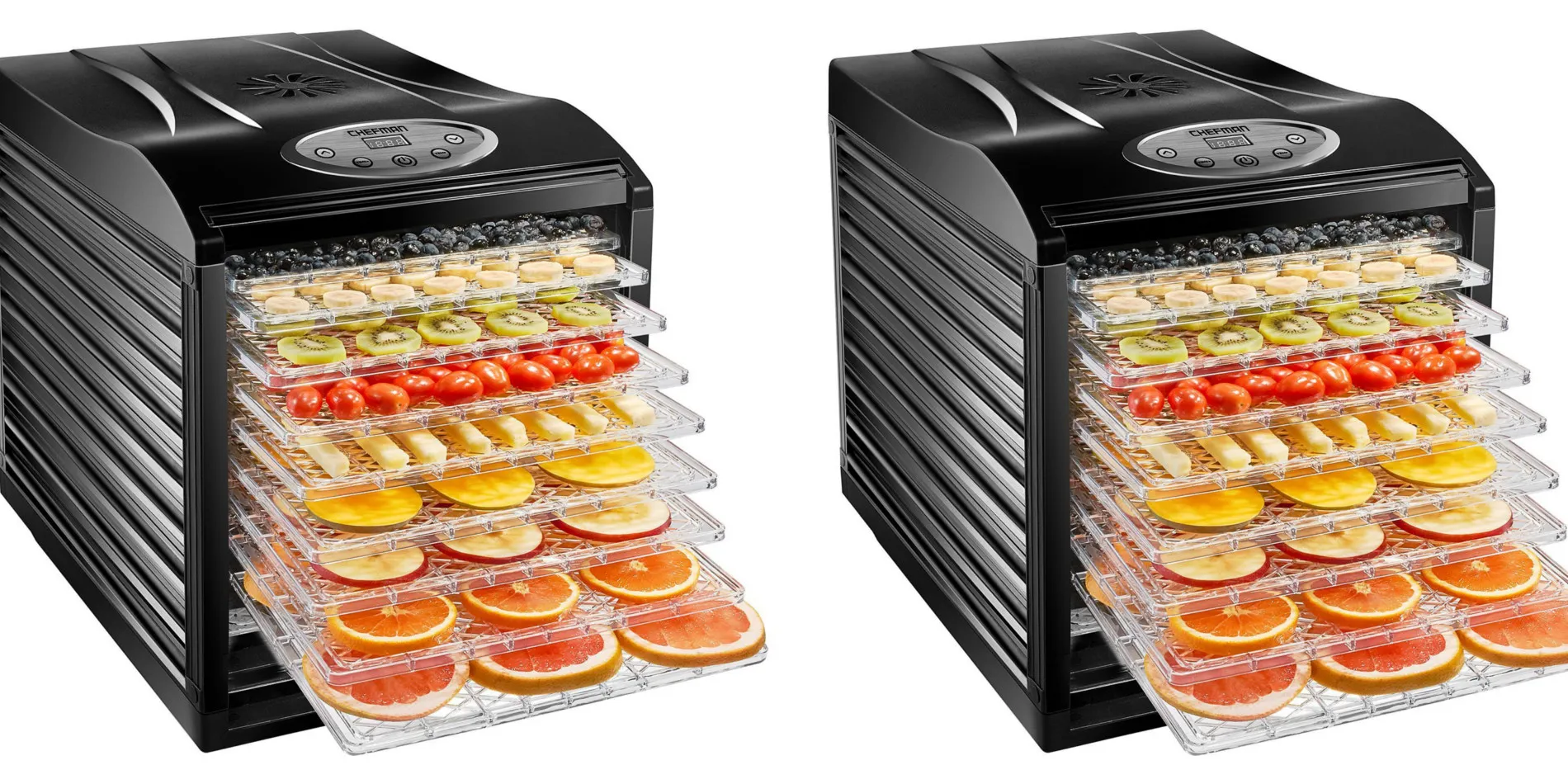
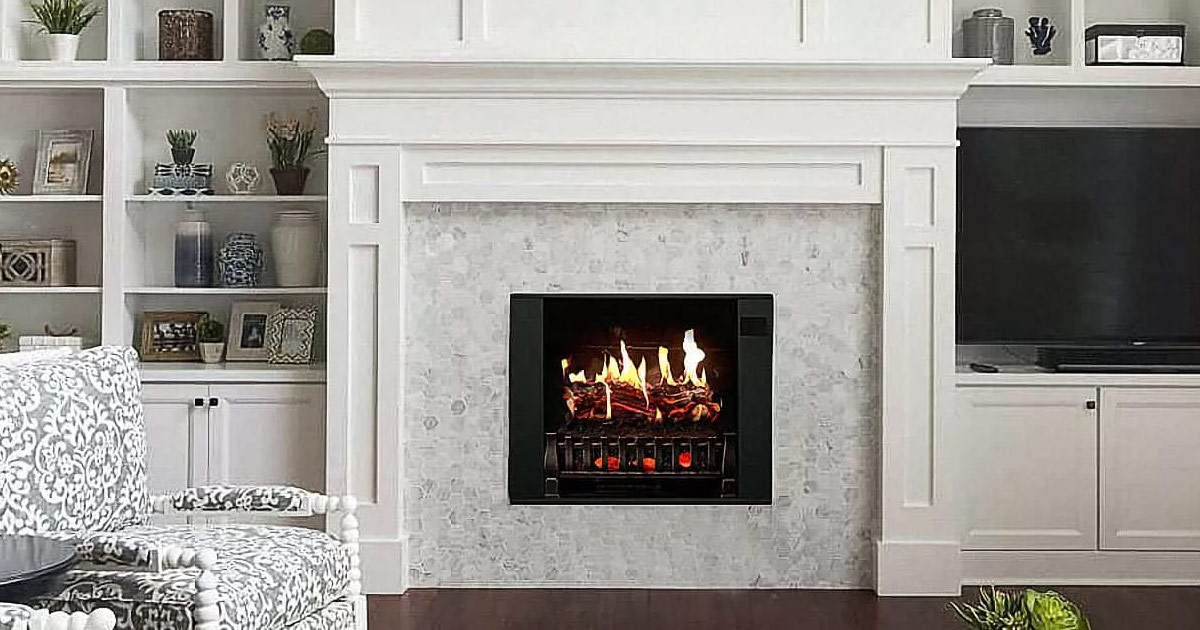
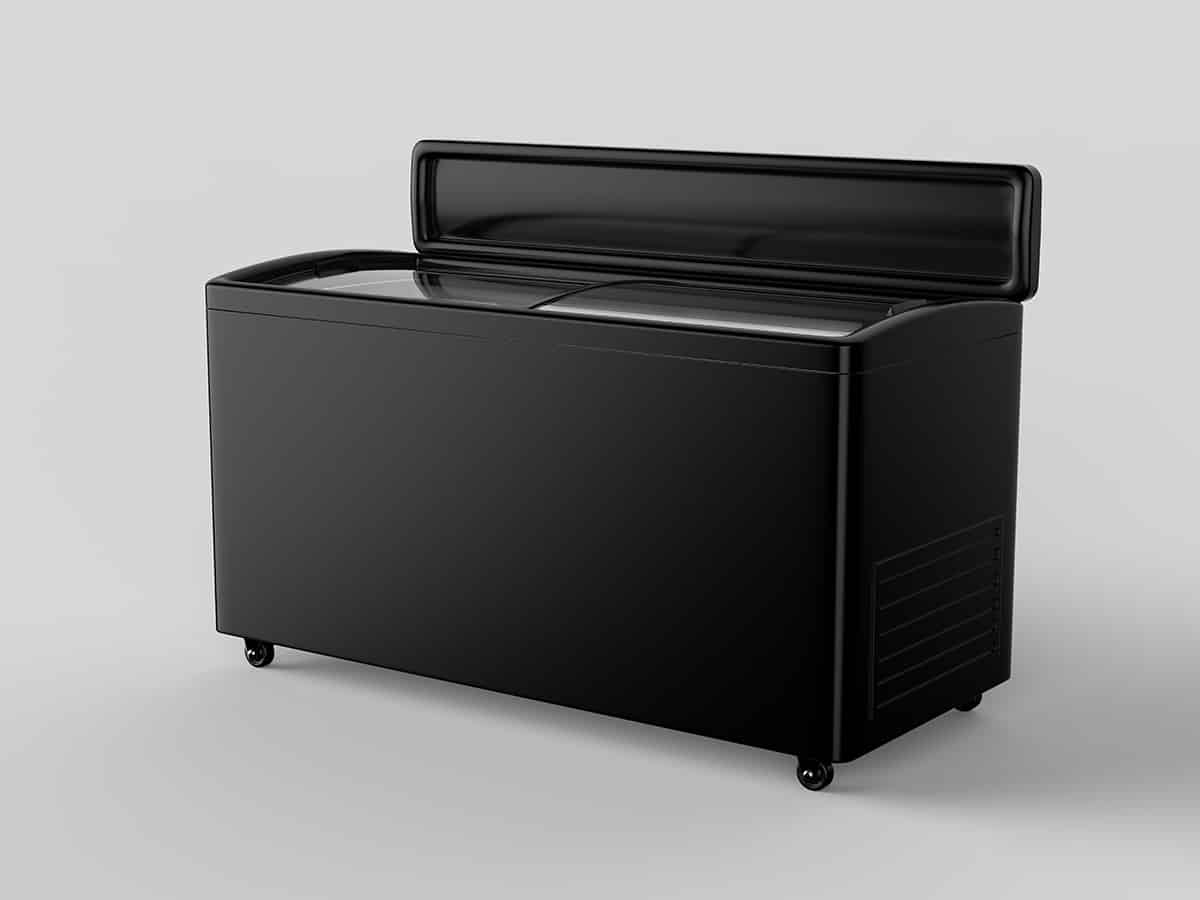
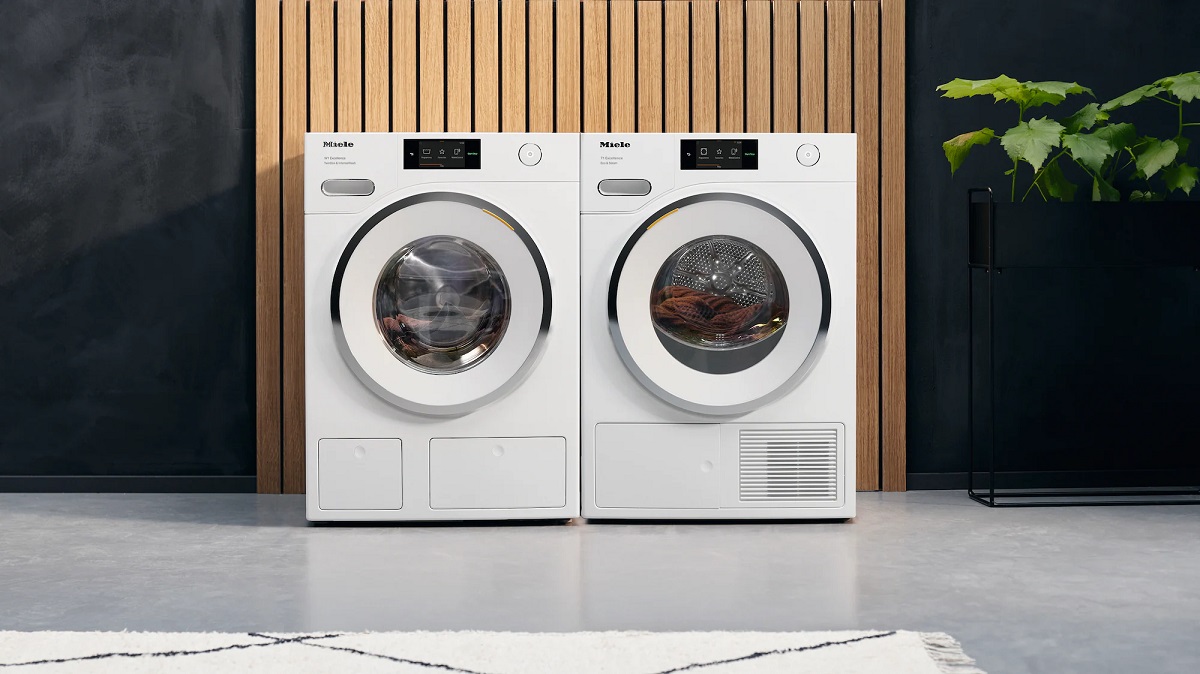
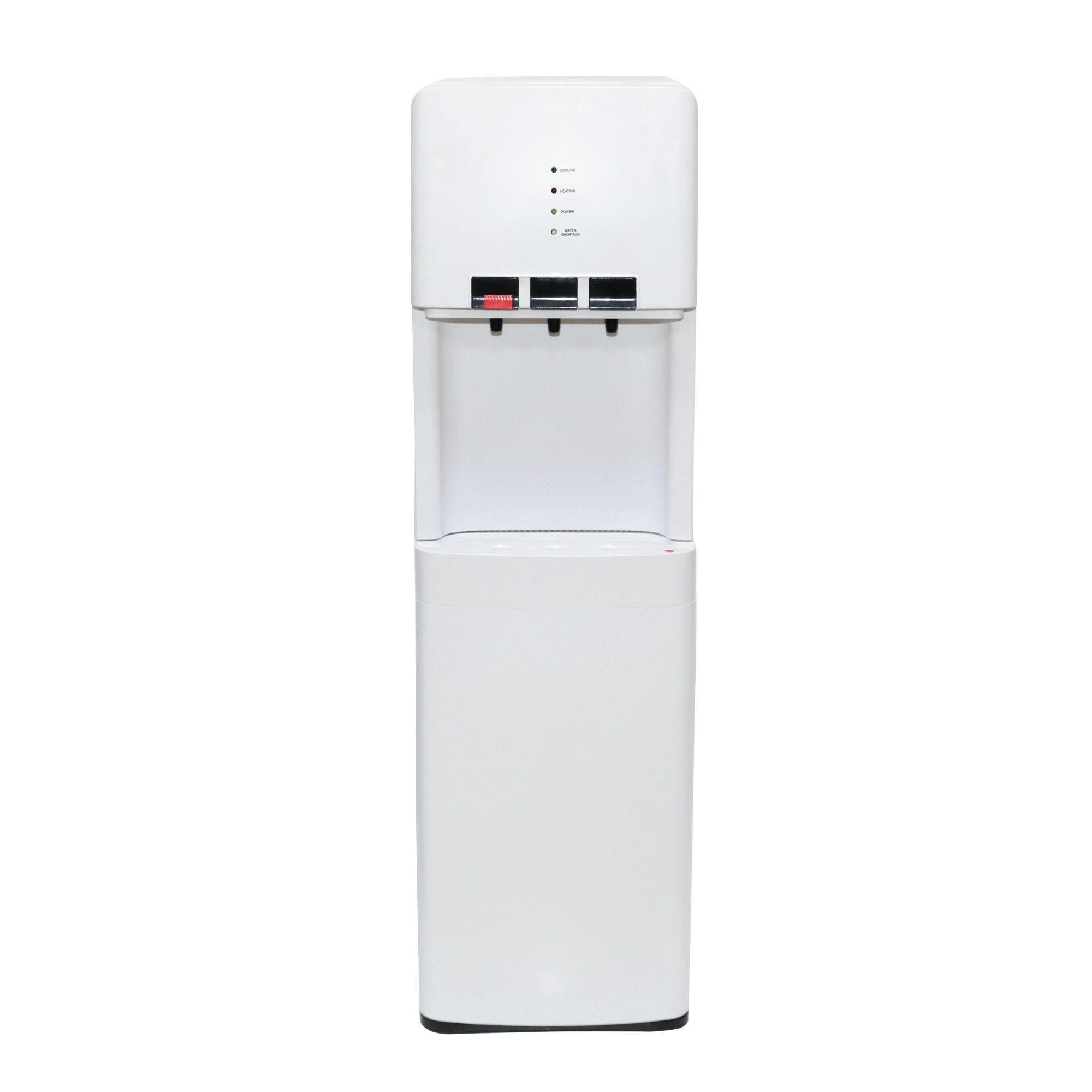
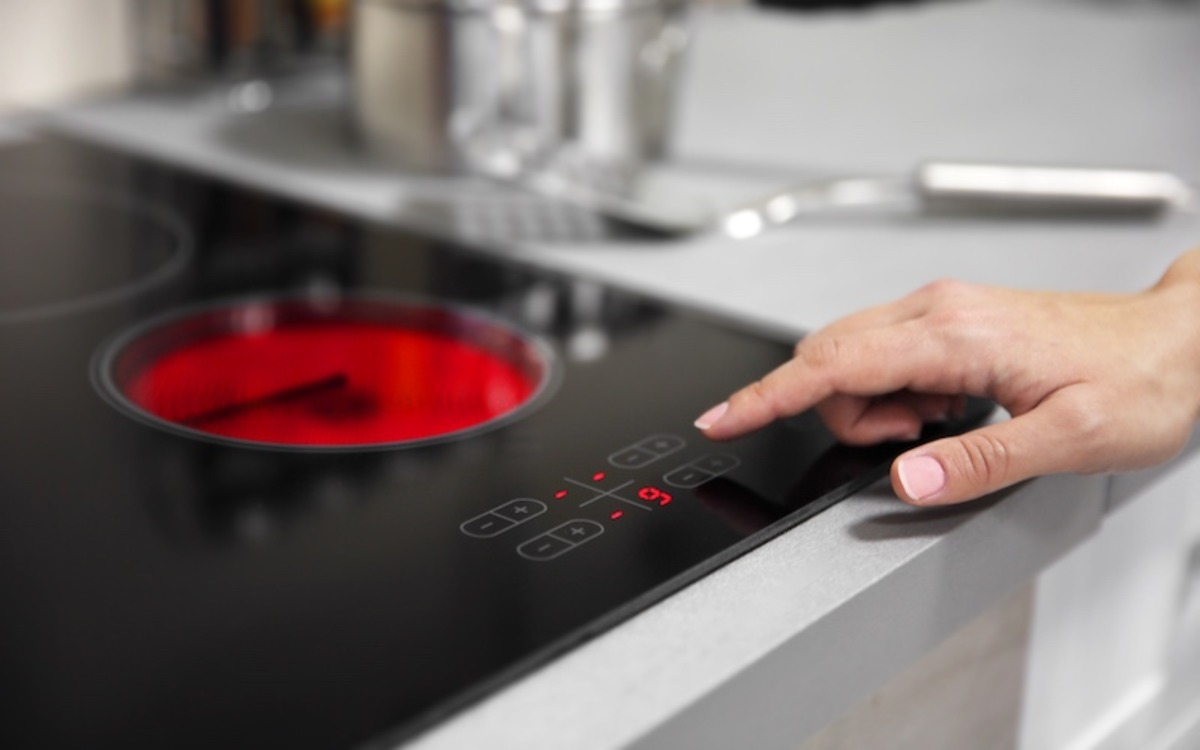
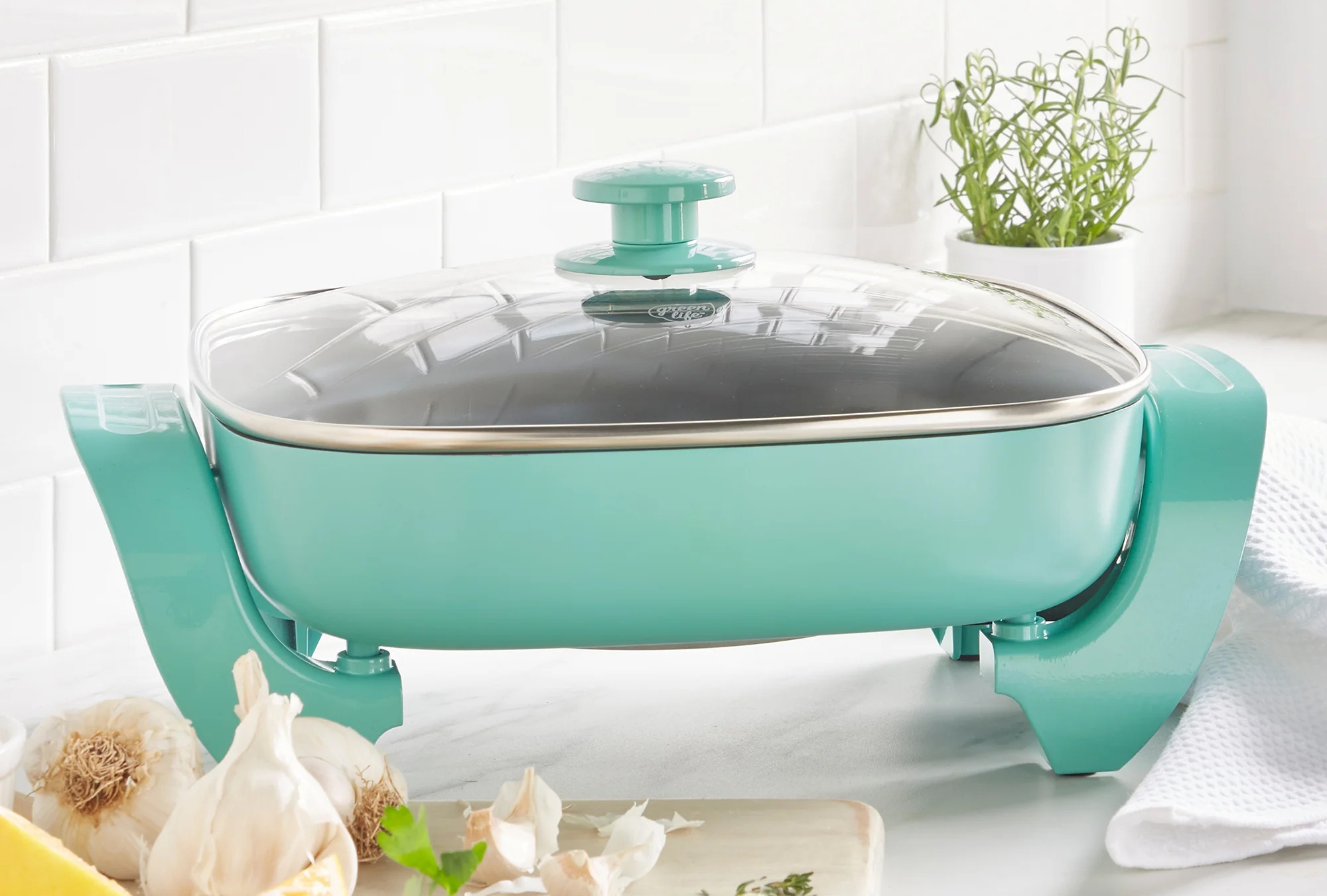
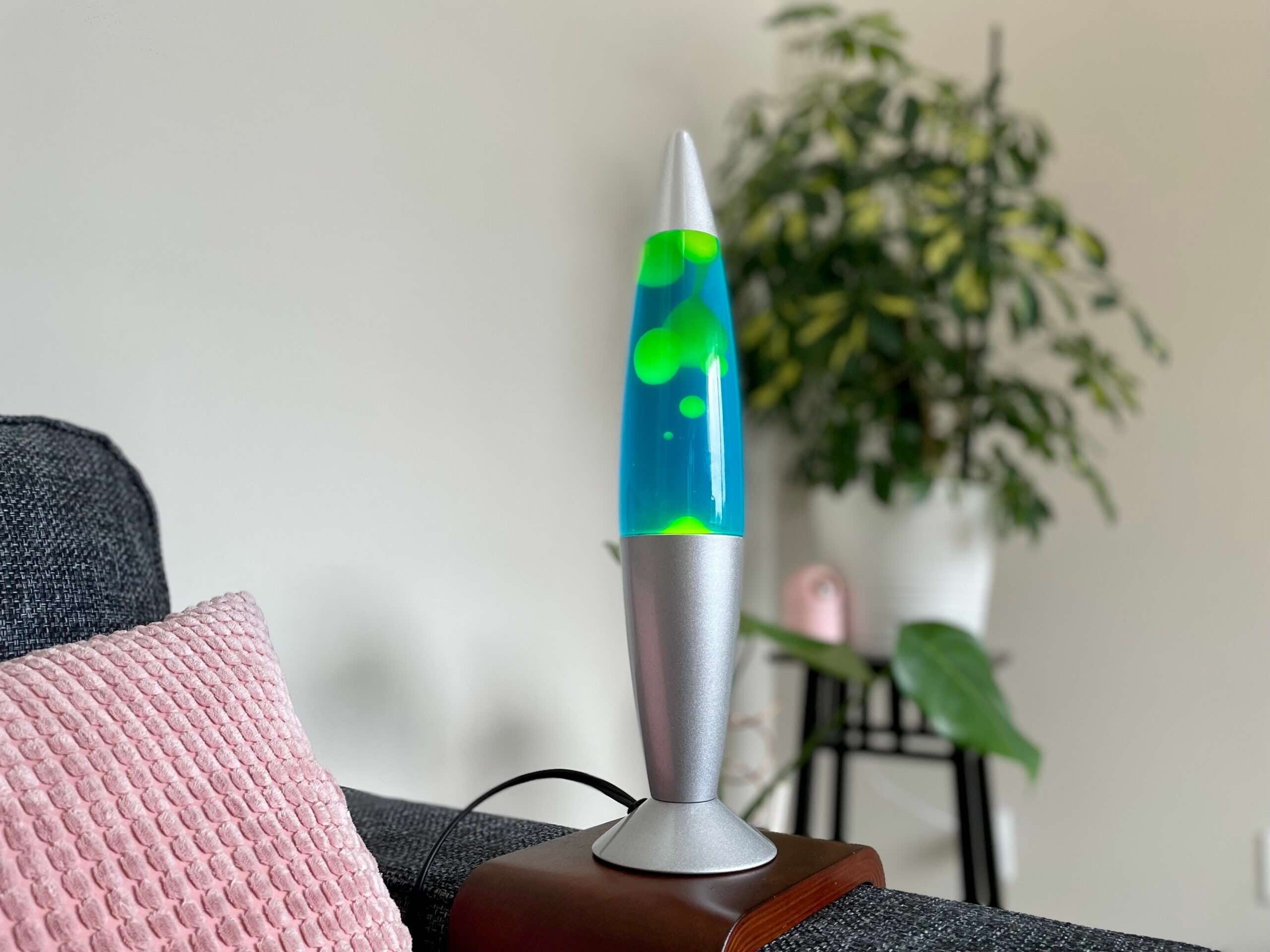
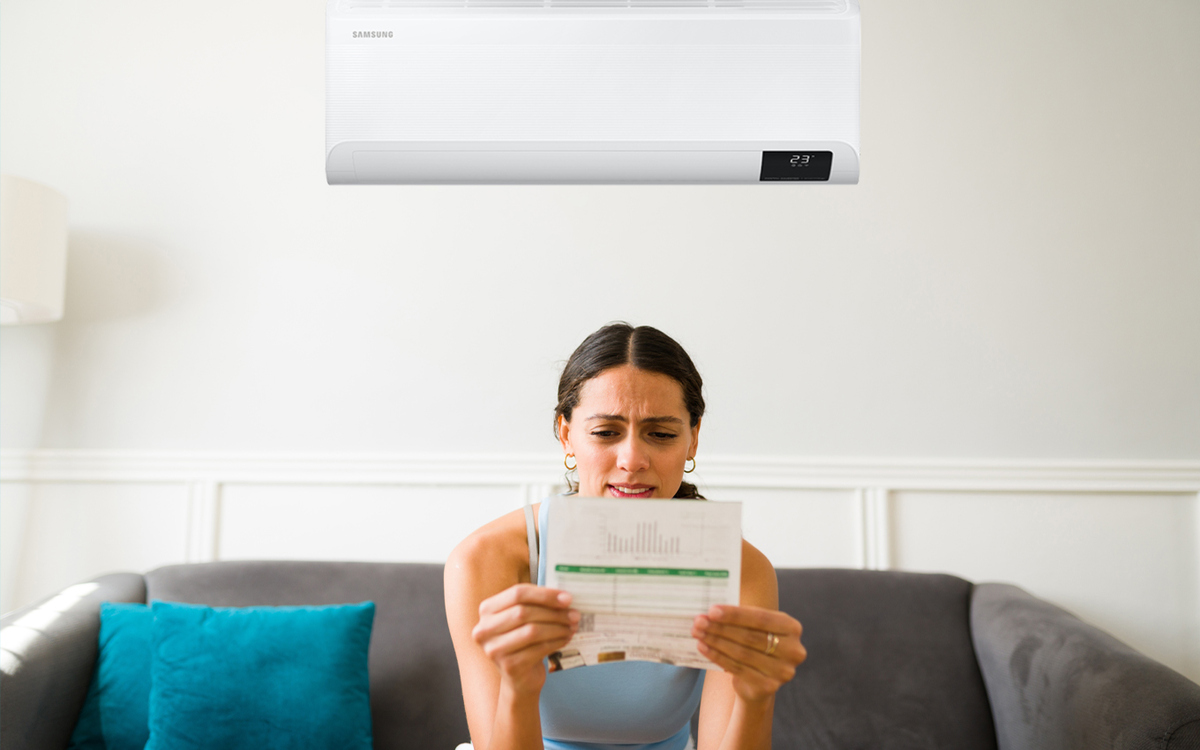
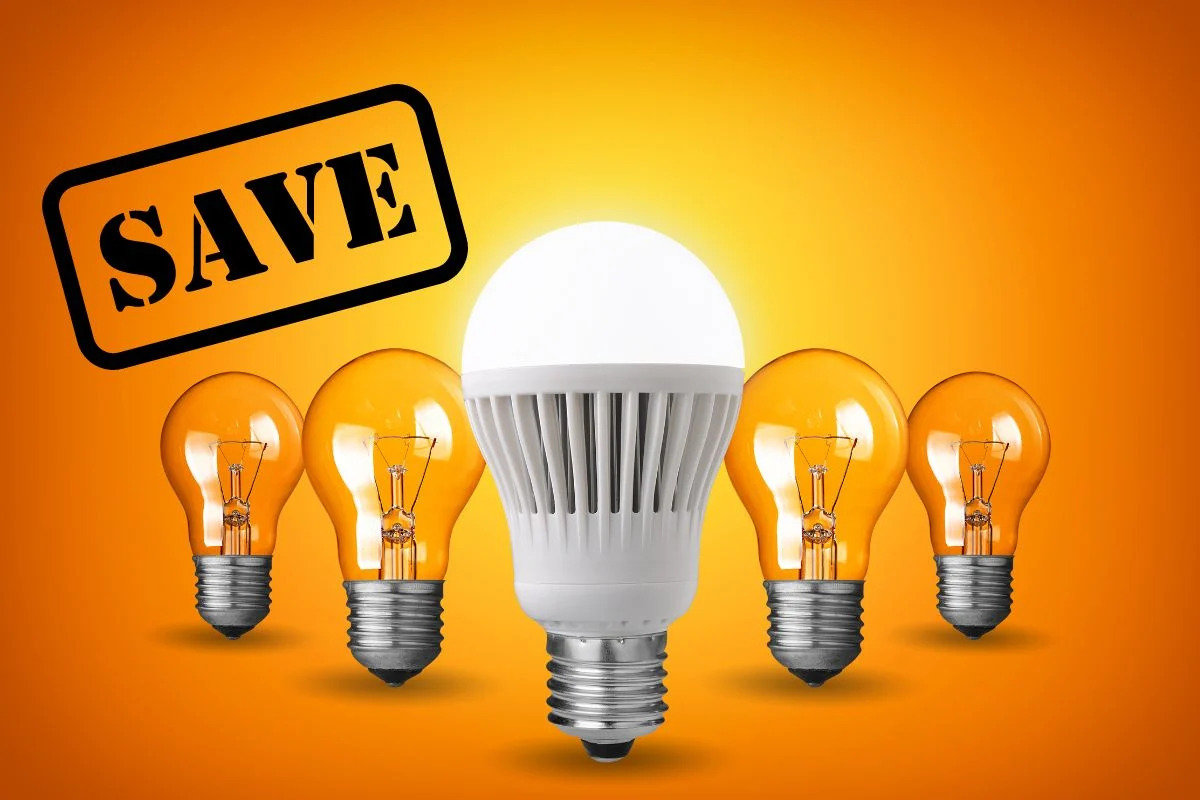
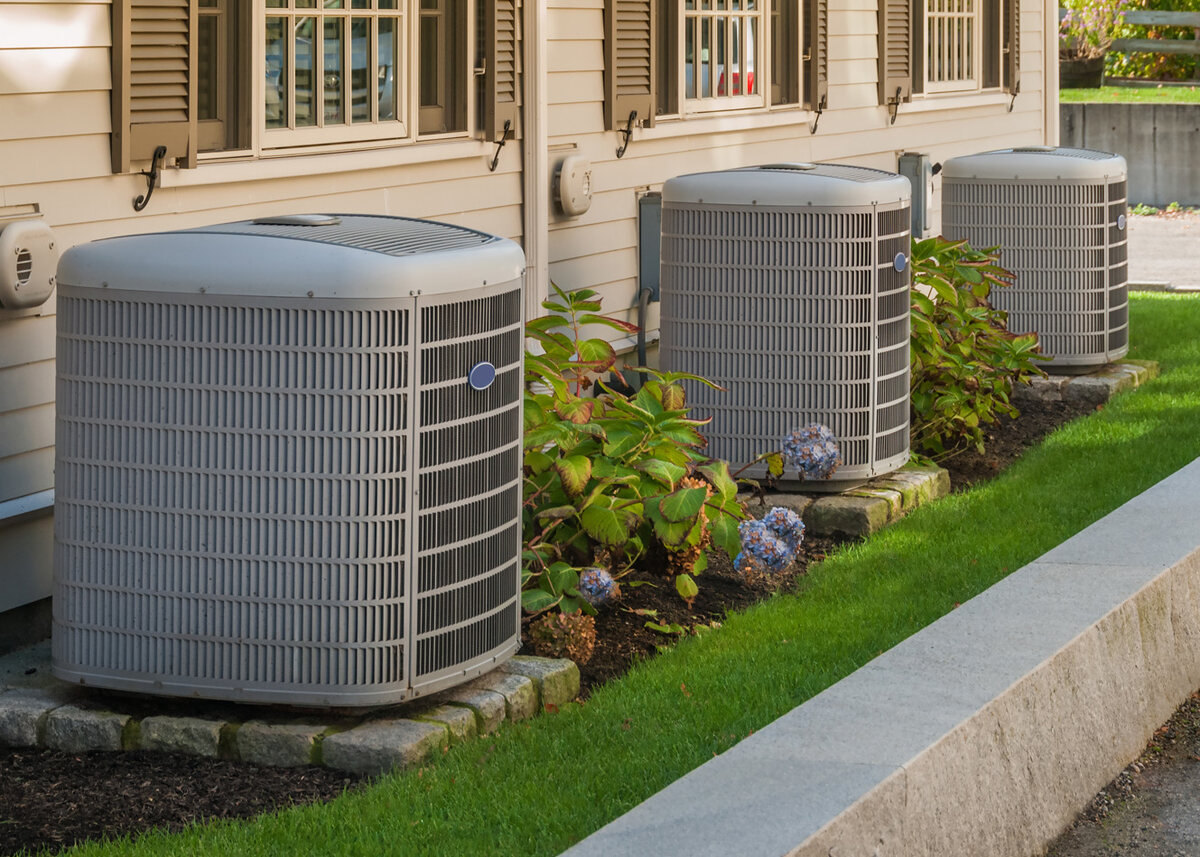
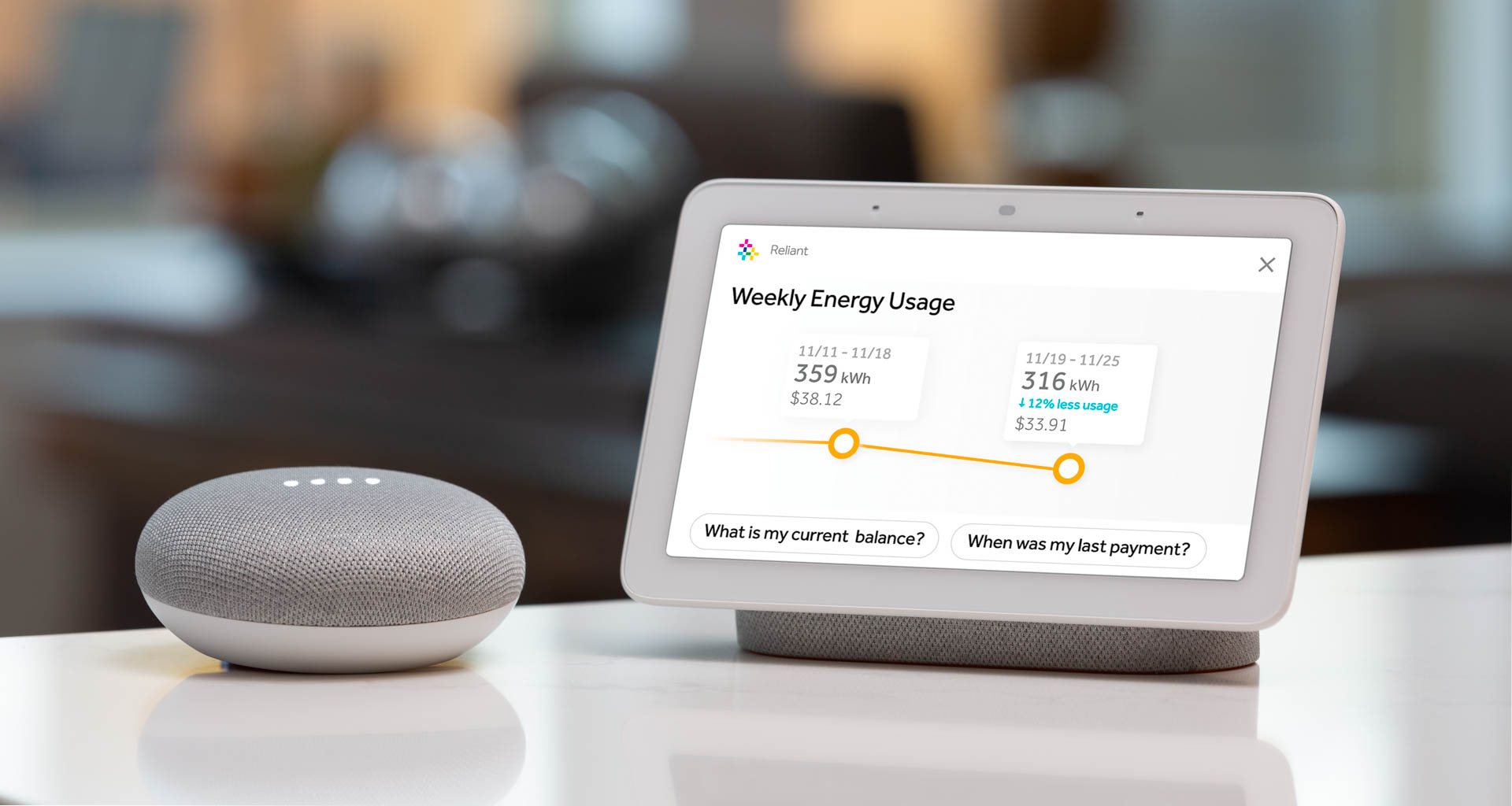

0 thoughts on “How Much Electricity Does Air Heating Use”